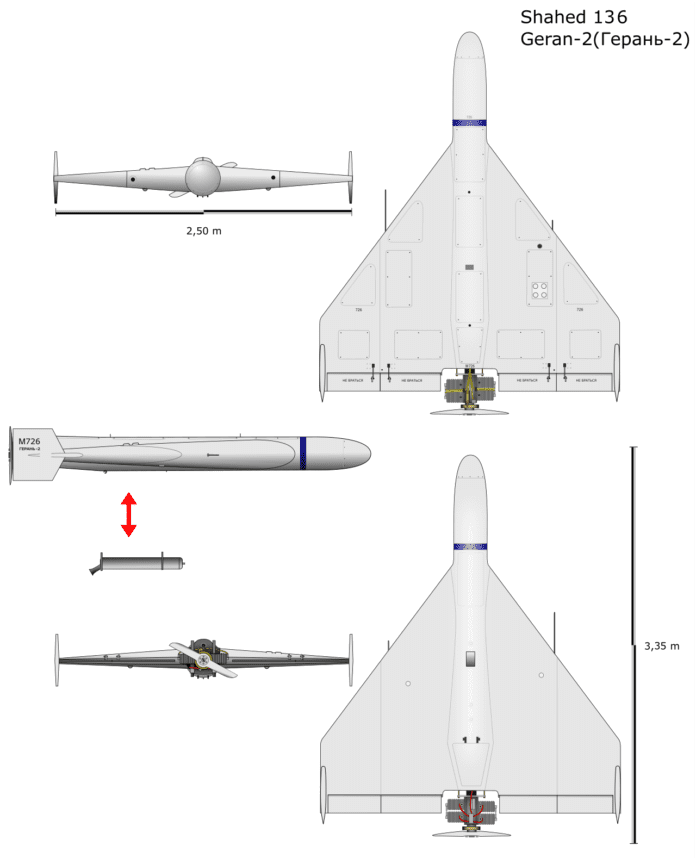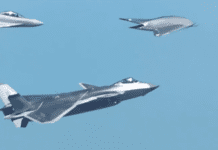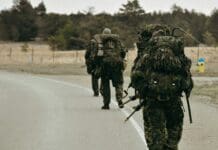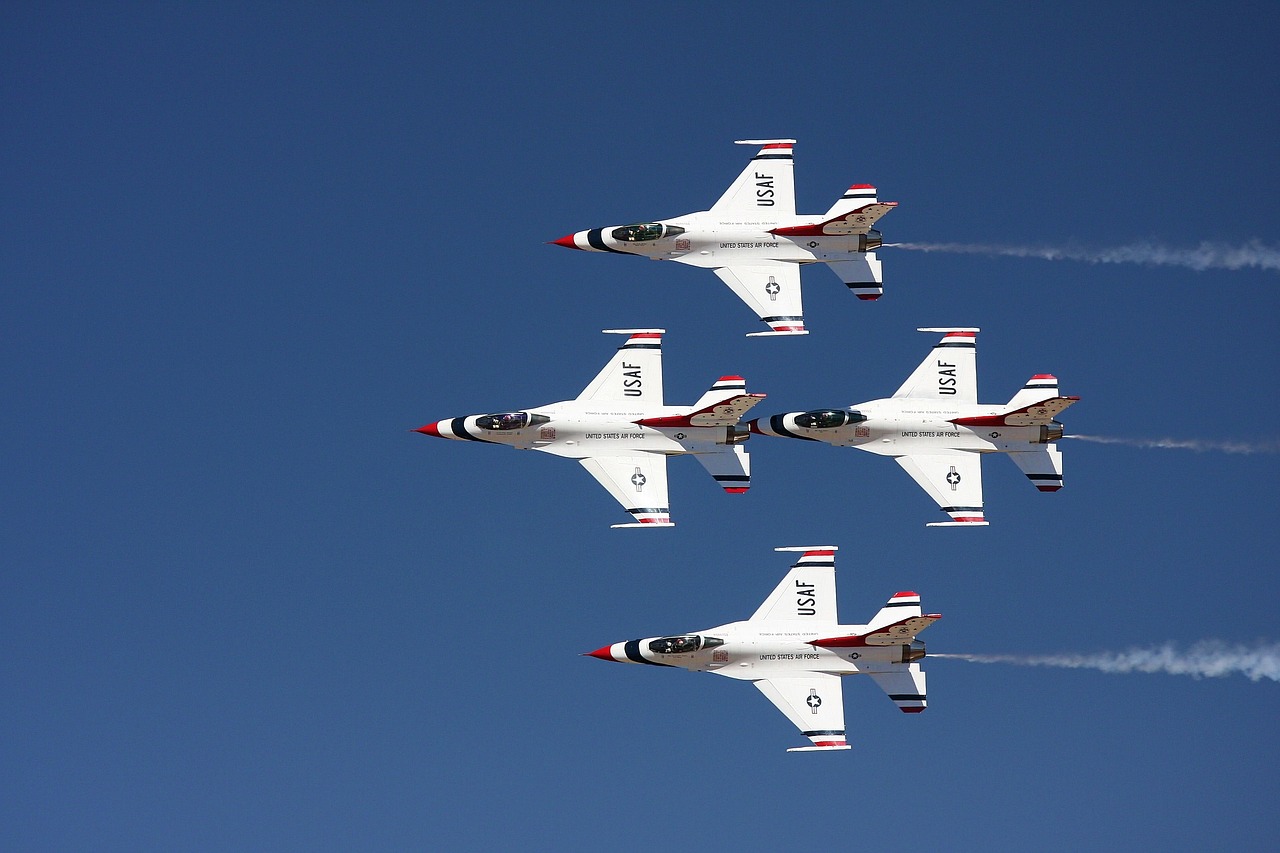This post is also available in:
 עברית (Hebrew)
עברית (Hebrew)
A recent report by The Economist suggested that newer variants of the Iranian-designed Shahed UAVs, commonly used by Russia in its war with Ukraine, may incorporate machine learning and use Telegram bots for real-time communication, including transmitting live video feeds and flight data. However, Ukrainian experts have their doubts.
Shahed UAVs have been at the forefront of Russia’s long-range strike capability, especially during its recent intensification of aerial attacks on Ukraine. According to the report, the latest Shahed models may avoid traditional satellite-based navigation, instead leveraging local mobile networks—allegedly allowing them to bypass Ukrainian GPS jamming and enabling remote control via Telegram.
However, Ukrainian military engineers have strongly rejected the idea. Serhiy Beskrestnov, a respected defense technologist, took to Telegram to refute the claims, calling the reporting inaccurate. He emphasized that Shahed UAVs remain reliant on satellite navigation, are vulnerable to jamming, and lack the hardware necessary for either artificial intelligence processing or real-time video transmission over mobile networks.
While the technical debate continues, what is clear is that Russia has escalated its use of UAVs for attack. In one of the largest attacks to date, Russia launched 298 drones and 69 missiles in a 24-hour period, targeting several Ukrainian cities, including Kyiv and Odesa. The following night saw a record 355 drones deployed. Ukrainian air defense systems successfully intercepted most of them, but debris from downed drones still caused widespread destruction and civilian casualties.
Despite speculation about new drone control methods, Ukrainian officials maintain that existing defenses remain effective. Still, the evolving drone threat underscores the need for continuous adaptation in both defense technologies and intelligence gathering.
Whether Telegram is truly part of the battlefield toolkit or merely a red herring, the technological race between drone capabilities and countermeasures remains central to the conflict.


























